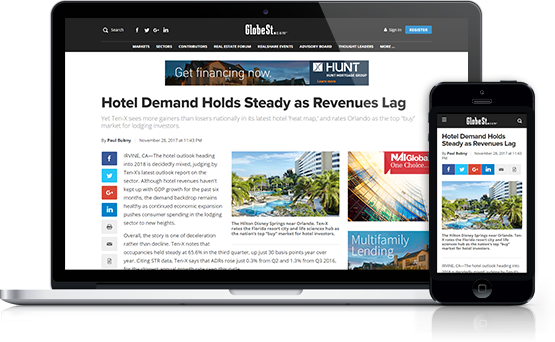About 15 years ago, I was out in Phoenix and a local was telling me about the unlimited supply of water available from regional aquifers. I had been questioning how the city could maintain all its vernal golf courses in the middle of cactus filled deserts, let alone the rampant suburban development stretching to the horizons.
Arid landscapes had not been standing in the way of builders in Texas, Colorado, New Mexico, Utah, Nevada or Southern California either. Cheap land, warm climes, and new houses were a perfect combination for attracting snowbirds and other folks priced out of cold, more expensive and/or poorly ageing neighborhoods in the Northeast and Midwest. Summer heat could easily be offset by air conditioning. In fact, many of the fastest growing cities and counties in the country had been situated in virtual deserts or near deserts. I say had been, because now water or the lack of it will constrain these areas' development prospects and significantly increase local cost of living.
Arizona's “unlimited” aquifers are rapidly being drained and depleted Rocky Mountain snow packs reduce flows into the Colorado River threatening water supplies for communities from western Colorado to the Los Angeles area. I was out in New Mexico last month where a nearly 20-year drought has caught everyone's attention—a welcome near record late season storm dropped about 10 inches of light-airy snow near Santa Fe, but the cover of white rapidly evaporated in less than a day.
Recommended For You
Want to continue reading?
Become a Free ALM Digital Reader.
Once you are an ALM Digital Member, you’ll receive:
- Breaking commercial real estate news and analysis, on-site and via our newsletters and custom alerts
- Educational webcasts, white papers, and ebooks from industry thought leaders
- Critical coverage of the property casualty insurance and financial advisory markets on our other ALM sites, PropertyCasualty360 and ThinkAdvisor
Already have an account? Sign In Now
*May exclude premium content© 2025 ALM Global, LLC, All Rights Reserved. Request academic re-use from www.copyright.com. All other uses, submit a request to [email protected]. For more information visit Asset & Logo Licensing.








